![]()
Varespladib methyl
The heart drug that may treat snake venom
![]()
Paul May
University of Bristol
![]()
Molecule of the Month - November 2023
Also available: HTML version.
![]()

|
Varespladib methylThe heart drug that may treat snake venom
Paul May
Molecule of the Month - November 2023
|
 |
In the early 2000s, the drug varespladib was found to reduce inflammations, and was being investigated as a possible treatment for cardiac problems where the arteries surrounding the heart become blocked or inflamed, leading to a heart attack. It works by inhibiting an enzyme called secretory phospholipase A2 (sPLA2) which is found throughout the human body.
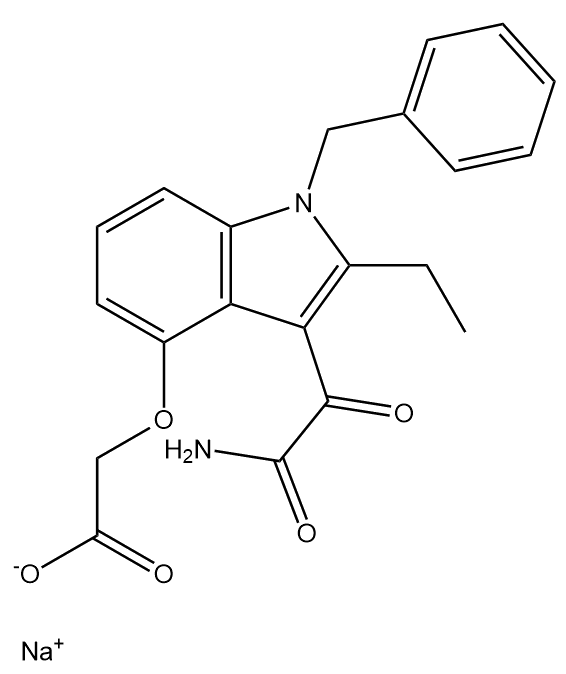 |
|
| Varespladib |
sPLA2 catalyses the first step of the so-called arachidonic acid pathway by breaking down phospholipids into fatty acids (see MOTM for May 2006) which are then used by the body for many essential metabolic processes. One of these products is arachidonic acid, which is, itself, a precursor to a wide range of useful products. However, some of those products cause inflammation or blood clots. Normal levels of sPLA2 in the body cause no harm, but excess levels increases the concentration of these harmful metabolites and so has been linked to several inflammatory diseases. These include coronary artery disease and acute coronary syndrome, acute respiratory distress syndrome, tonsillitis, asthma and ‘dry eye’.
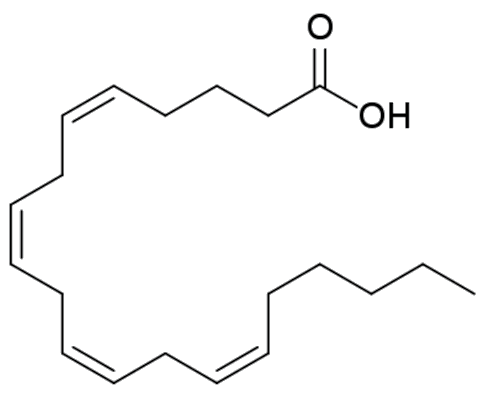 |
|
| Arachidonic acid |
Varespladib inhibits the action of sPLA2 which reduces the concentration of these inflammatory molecules, decreases inflammation, and thereby reduces the risk of getting a heart attack (or any of those other illnesses).
Unfortunately no. In a double-blind clinical trial, any possible beneficial effects of the drug were overshadowed by the negative side-effects, many of them fatal (cardiac arrests, strokes, etc).
Ah, the sPLA2 enzyme is also commonly found in many arachnid, insect (bees and wasps), and snake venoms. The injected sPLA2 causes sets off a series of reactions which result in inflammation and pain at the injection site.
In 2016 it was reported that varespladib could be an effective antidote for snake venoms.
Yes, but these are usually rare and expensive, and in the form of injections held at medical clinics that can only be administered by qualified doctors. Often the location where the bite happened may be many hours from the nearest such clinic, and the bitten patient can die by the time they reach there.
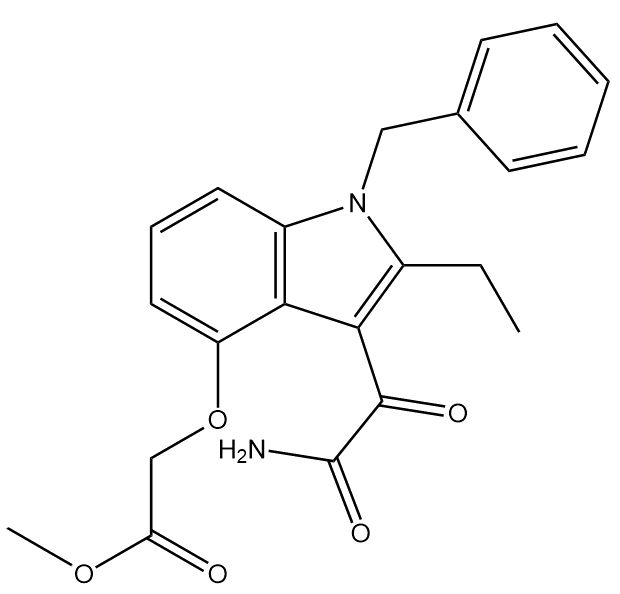 |
|
| Varespladib methyl |
When varespladib is chemically modified by addition of a methyl group to make the methyl ester, varespladib methyl (shown above), it can be administered orally, via a pill. This means it can be used by non-medically qualified people as a first-aid treatment which will slow or even halt the effects of the venom such that the patient can get to hospital. Unlike other antivenom treatments which are specific to a type of snake, varespladib methyl is capable of curing a broad spectrum of bites from different snake species. This means that the infamous line found in older First-aid manuals for treating snake bites (‘If possible, catch the snake...’ – so that the doctors can identify which antivenom to give), can now thankfully be ignored.
Does it also mean you no longer need to suck out the venom?That was never recommended practice, or even effective! Once a snake has bitten you, the poison is in the bloodstream and cannot be sucked out. So all those Hollywood movies were just perpetrating an urban myth! |
 A scene from the 1948 Hollywood western movie Four Faces West where a fugitive is bitten by a rattlesnake then treats the wound with the cut-and-suck method. Don’t try this at home! [Image: Snake Bites in Movies.] |
In certain regions of the world, yes. Snakebites affects nearly 3 million people a year, mostly in the world’s most poorly developed, and remote tropical areas, such as India, SE Asia and sub-Saharan Africa. The annual death rates from snakebites are ~100,000, while 400,000 others are left with amputations and other permanent physical and psychological disabilities.
So far it’s only been tested on mice. But the results look promising, with neurotoxic effects from the 4 types of venomous snakes shown below being significantly delayed, and even effects such as paralysis removed. But it is too soon to tell if these results transfer to humans.
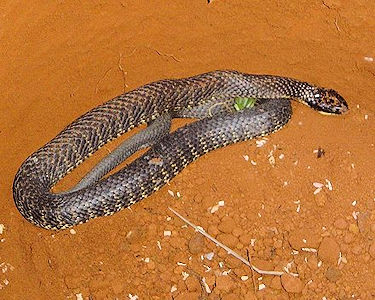 Tiger snake (Notechis scutatus) [Image: JAW at the English-language Wikipedia, CC BY-SA 3.0 via Wikimedia Commons] |
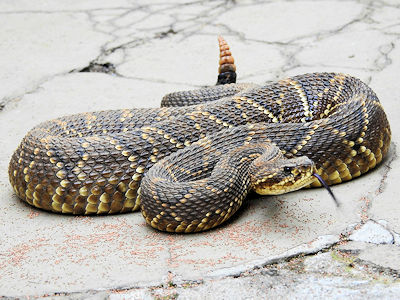 South American rattlesnake (Crotalus durissus) [Image: Leandro Avelar, CC BY-SA 4.0 via Wikimedia Commons] |
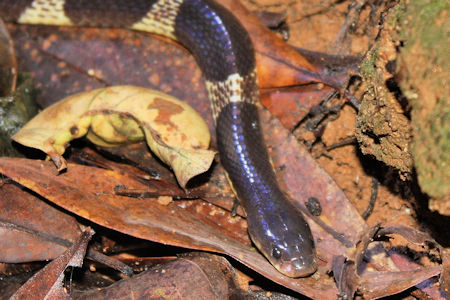 Many-banded krait (Bungarus multicinctus) [Image: [Thomas Brown, CC BY 2.0 via Wikimedia Commons] |
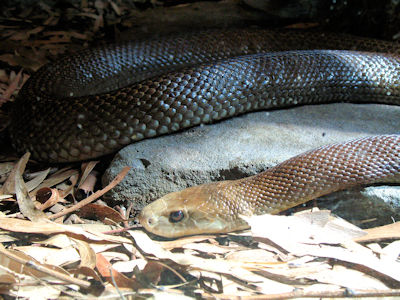 Coastal taipan (Oxyuranus scutellatu) [Image: Denise Chan from Hong Kong, CC BY-SA 2.0 via Wikimedia Commons |
![]()
![]()
![]() Back to Molecule of the Month page. [DOI:10.6084/m9.figshare.24000051]
Back to Molecule of the Month page. [DOI:10.6084/m9.figshare.24000051]